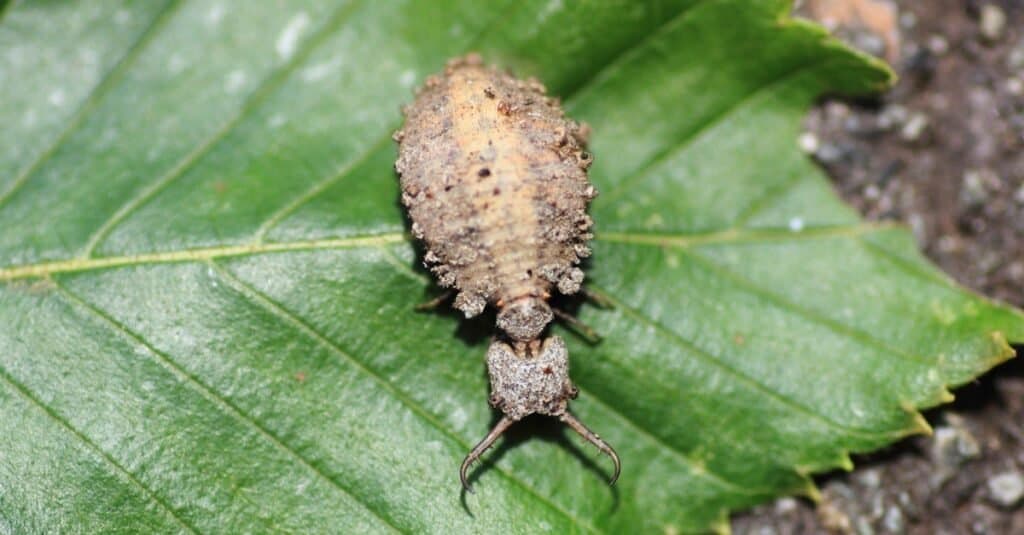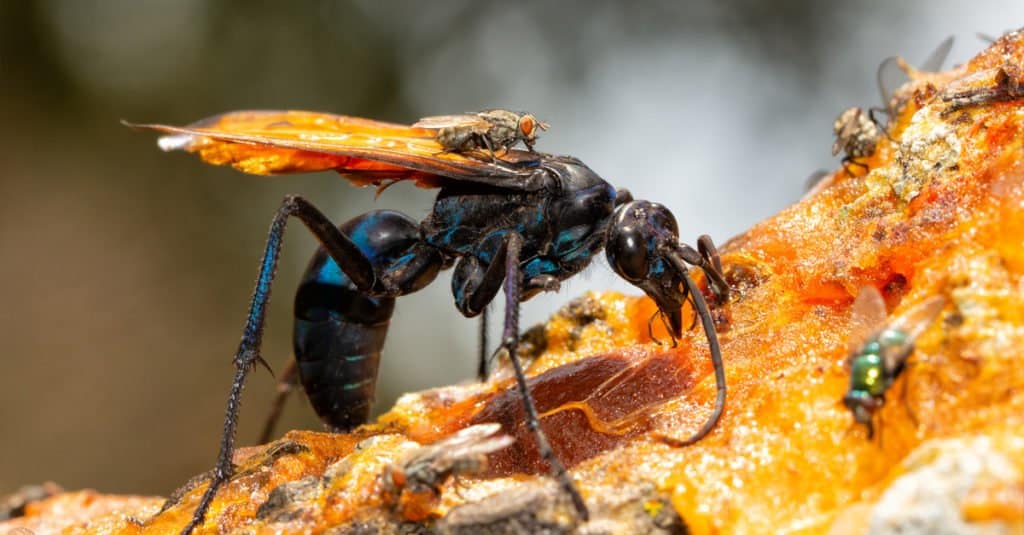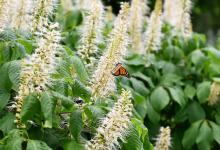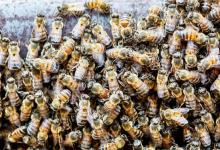How To Identify Bugs With Wings that Look Like Ants
In a world of insects, there are tons of mimics. Often, this is a survival strategy. Mimicking other insects can protect you, especially if those other insects are toxic or stinging. It’s fairly common for bugs to resemble for these reasons.
Below, we’ll look at the advantages bugs may have for pretending to be ants and how to tell the difference between these clever imposters.
Why Bugs Imitate Ants
Ant mimicry works as a survival tactic for many different bugs. There are many reasons why bugs may want to look like ants.
The primary reason is to protect themselves from predators. Some ant species can be aggressive and may sting. They may also be toxic. Therefore, it may make sense to resemble these insects so you don’t get eaten. Insects can deter potential attacks by looking like ants, especially if their disguise is very good.
Another reason may be to trick the ants themselves. Ants are often good at scavenging for food, which may incentivize other insects to pretend to be them. This may allow them to access the ant’s nest and consume their food (or larvae).
Some ant-mimicking insects take their deception a step further by infiltrating ant colonies. They lay their eggs within the nests, where their larvae feed on ant eggs or larvae. This strategy ensures a steady food source for their offspring. Additionally, by living within ant colonies, these insects can avoid detection by potential predators, further increasing their chances of reproductive success.
There are many examples of insects that have mimicked ants for this reason.
Common Bugs That Resemble Ants

©Queserasera99/Shutterstock.com
Many bugs resemble ants of all sorts. are not one of these. They are a natural part of ant colonies, and their presence is not a form of mimicry.
There are many things to look for when identifying ant mimics. Firstly, ant-mimick bugs typically have an elongated, ant-like body. However, they’re often different from the actual ants. Their body proportions may be used to differentiate them.
You should pay attention to the bug’s coloration. While mimicry insects often have a similar color, they have many distinct differences. Patterns and markings may be slightly different, though.
Examine the antennae closely. Usually, mimic bugs have long, slender antennae that can resemble those ants. However, they often have differences.
Common Ant-Mimicking Insects
Many species look like ants. Here are some of the most common ones:
- : Antlions resemble ants in terms of their body shape and coloration. They are known for their distinctive, pitfall-style traps that they create to capture prey.
- : Certain species of spider wasps infiltrate ant colonies. They usually lay their eggs inside their nests, and their larvae will feed on the ants after hatching.
- Velvet Ants: Velvet ants are actually a type of wingless wasp. Their dense, fuzzy appearance makes them resemble ants, though. They’re known for their potent .
- Flower : Some flower beetles mimic ants in appearance, usually to deter predators. They have a long body shape and ant-like coloration.
Identifying Bugs with Wings that Look Like Ants

©Sari ONeal/Shutterstock.com
Identifying bugs with wings that closely resemble ants can be a challenging task. Try these steps to identify these bugs:
1. Observe the Insect
Start by watching the ant with wings from a close distance. Take note of its size, body proportions, color, and overall appearance. Pay special attention to any features that seem off.
2. Take Clear Photos
Next, you should take pictures of the insect. You may not be able to identify it right away, so it is good to have some clear photos available. Make sure to get features like their body shape, antennae, and wings.
Close-up shots are particularly helpful. Try to get several angles, if possible.
3. Note the Insect’s Behavior
Next, you should take note of the insect’s behavior. Does it move and behave like an ant? Ant-mimicks often resemble ants, but they may present some behaviors that are different from the ants around them.
4. Compare Characteristics
Next, refer to a field guide, entomology resource, or online insect identification website to compare your insect with known mimics (and real ants, of course). Look for distinct characteristics that set ant mimic species apart from other species.
5. Consider Location and Habitat
Your location and habitat can serve as a clue for insect identification. Certain species will only be in certain habitats or geographic ranges. These can help you narrow down their identity.
6. Seek Expert Advice
Sometimes, you may need to seek advice on the insect’s identification. This reason is why you took all of those pictures earlier. Now, you can use them to seek the advice of online identification experts.
7. Keep Safety in Mind
You should keep safety in mind when identifying insects. Many ant-mimicking insects, like velvet ants, can deliver painful stings. Therefore, you should avoid handling them directly unless you know the species for certain.









